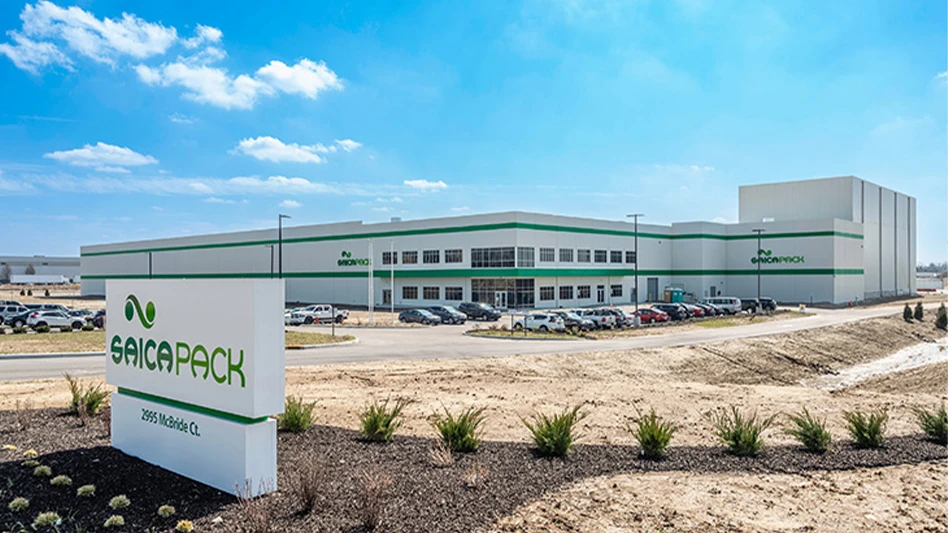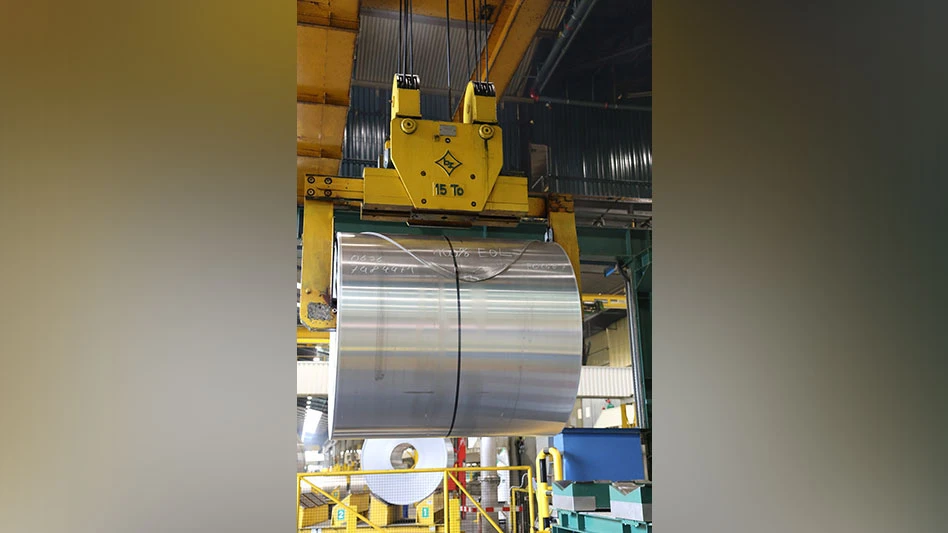CHANDLER, ARIZ., FINISHES FINAL PHASE OF PROGRAM
Chandler, Ariz., a city in the Phoenix metropolitan area, completed the final phase of its curbside recycling program when the last of 35,000 containers were recently delivered to households in the city. Chandler has a revenue-sharing agreement with a local firm called Valley Recycling that collects and processes the curbside materials. Since 1993, when recycling was first implemented in the city, 11,000 tons of material has been diverted from the landfill. And city officials claim that they have also prevented refuse rate hikes with the help of the recycling program.
WASHINGTON EXPLORES RECYCLING’S FUTURE
Business, government and environmental leaders in the state of Washington will work with local recyclers this summer to address critical questions regarding the future of recycling. Topics to be considered include envisioning the future of recycling, the advisability of continuing the state’s emerging recycled materials economy as long as solid waste costs are reduced, and the role of the both the state and the public in achieving recycling goals.
At the request of Governor Mike Lowry, members of the task force have been appointed by Mike Fitzgerald, director of the state’s Department of Community, Trade and Economic Development. William Ruckelshaus, chairman of Browning-Ferris Industries, Houston, has agreed to chair the task force. The group is expected to submit final recommendations by the end of September. The project will be overseen by the Clean Washington Center and managed by Cascadia Consulting Group, both of which are based in Seattle.
APPLIANCE RECYCLING RATE CONTINUES TO INCREASE
The recycling rate for major home appliances reached 75 percent in 1995, up from only 20 percent eight years ago, according to The Steel Recycling Institute, Pittsburgh, and the Appliance Recycling Information Center of the Association of Home Appliance Manufacturers, Washington. According to SRI, 42 million discarded appliances were shredded and sold for scrap last year. Steel content in major appliances ranges from 11 pounds in microwave ovens to 110 pounds in ranges.
Currently, 18 states have active bans on the placement of major appliances in landfills. However, according to ARIC, the value of the steel contained in discarded appliances often diverts them to a recycling facility regardless of whether a ban is in place.
By dialing (800) 937-1226, ext. 275, consumers can receive information on appliance recycling facilities near their homes.
NORTHEAST FORUM MATCHES RECYCLERS AND INVESTORS
Until recently, the Northeast region’s $7 billion recycling industry had never been the focus of a major investment networking event. This changed when the Northeast Recycling Investment Forum was held at the World Trade Center in Boston.
This first-time event introduced 19 of the region’s highest potential recycling companies to an investor audience. The variety of unique products and services, market growth potential and competitive advantage clearly distinguished these companies as investment opportunities, according to officials at the Northeast Recycling Council, Brattleboro, Vt.
There were more than 150 attendees at the forum, including individual investors, venture capitalists, commercial and corporate bankers, corporate investors, economic developers and state recycling officials. “The response of forum attendees and presenting companies was quite enthusiastic,” says Janet Matthews, chair of NERC. “Based on that response, NERC will be planning another recycling investment forum for the spring of 1997.”
LOS ANGELES AREA RESIDENTS ARE CHALLENGED TO BIN PLASTIC BOTTLES
The city of Los Angles reports that nearly half of its households that currently have access to curbside recycling do not take advantage of it. That means about 360,000 households are not recycling in L.A. But with the help of the American Plastics Council, Washington, the city has launched a new plastic bottle recycling campaign called “Bin It!” in an effort to at least boost the number of plastic bottles recovered at curbside.
Los Angeles currently collects all polyethylene terephthalate and high-density polyethylene plastic bottles, including shampoo, salad dressing, detergent and ketchup bottles.
The Bin It! plastic bottle recycling campaign includes television and radio public service announcements, mass transit advertising and recycling truck signs, as well as clip-art kits and other materials that help communities improve existing recycling programs or start new ones. Participating communities are the cities of Los Angeles, West Hollywood, Signal Hill, Claremont, Culver City, Hermosa Beach, La Canada/Flintridge and San Dimas.
DOWNEY CELEBRATES 20TH ANNIVERSARY
Downey, Calif., is celebrating the 20th anniversary of its curbside recycling program. The Downey At-Home Recycling Program is the oldest continuously operating curbside recycling program in California, according to Downey officials and to Calsan Inc., the city’s franchised waste hauling and recycling company.
The DART program began in response to the energy crisis and fuel shortage of late 1973. A pilot recycling program began in 1975, allowing 1,600 residences to recycle old newspapers, glass containers and aluminum cans. The program grew until it was reaching approximately 12,000 homes with bi-weekly curbside recycling service.
Then, in January 1995, as Downey officials and Calsan faced the requirements of California’s waste reduction law, AB939, the DART program became the city’s mandatory program and as such began to serve all of the 20,000 single family residences in the city with weekly curbside collection. Beginning last month, Downey moved to a three-container automated program to collect all residential recyclables, yard waste and garbage.
“The program is quite a bit ahead of neighboring cities,” says Kevin Sales, waste diversion manager for Calsan. “Most of them only started curbside recycling program within the last five years. Downey’s program has remained strong because the residents are excited about it, and because a recycling ethic has taken root.”

Explore the August 1996 Issue
Check out more from this issue and find your next story to read.
Latest from Recycling Today
- Green Cubes unveils forklift battery line
- Rebar association points to trade turmoil
- LumiCup offers single-use plastic alternative
- European project yields recycled-content ABS
- ICM to host colocated events in Shanghai
- Astera runs into NIMBY concerns in Colorado
- ReMA opposes European efforts seeking export restrictions for recyclables
- Fresh Perspective: Raj Bagaria





